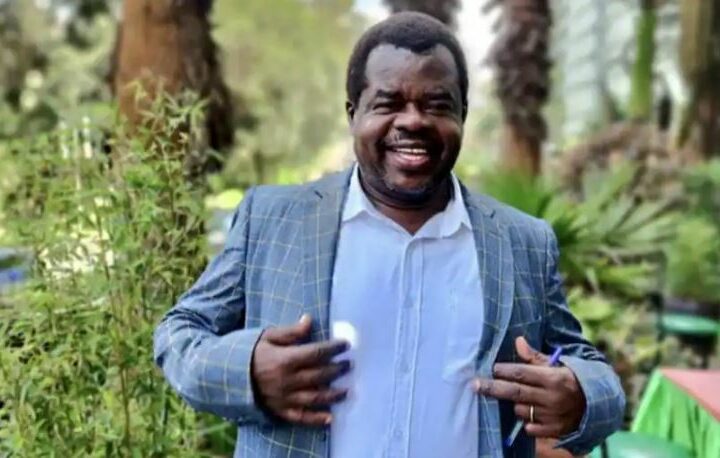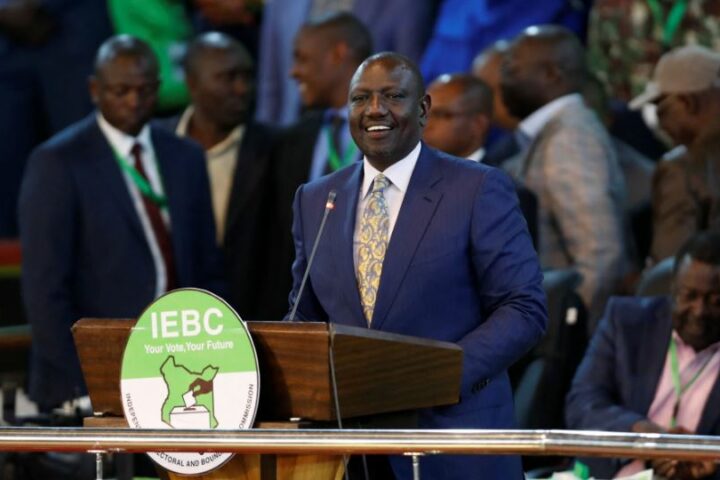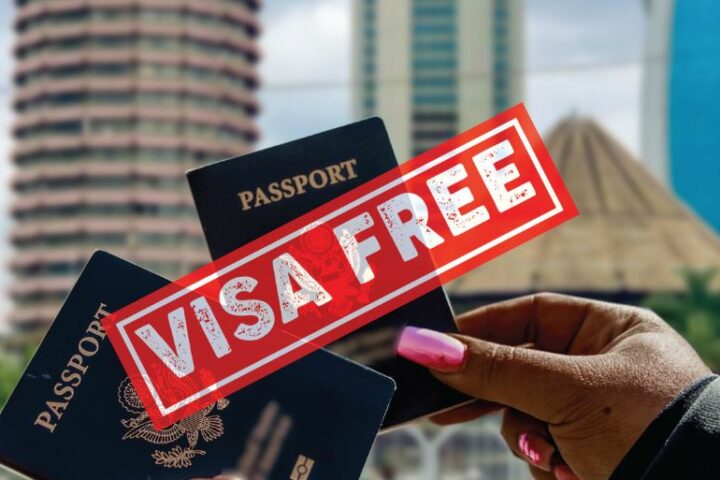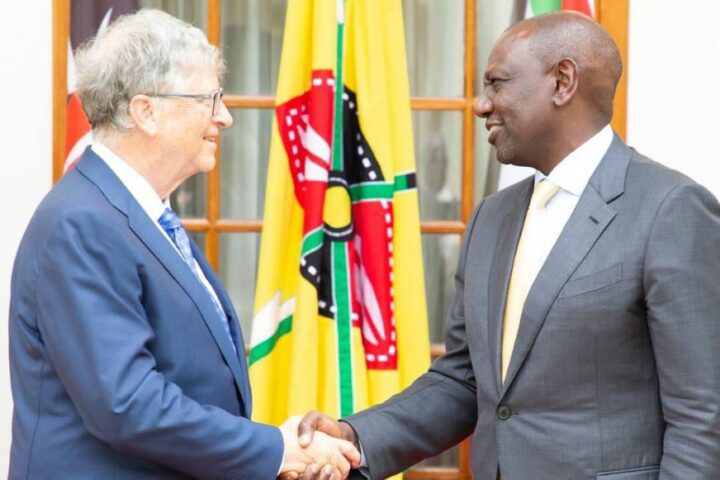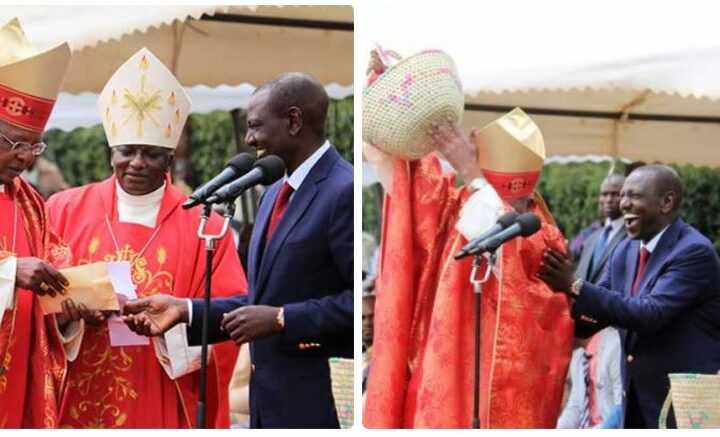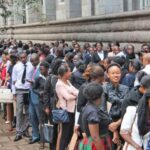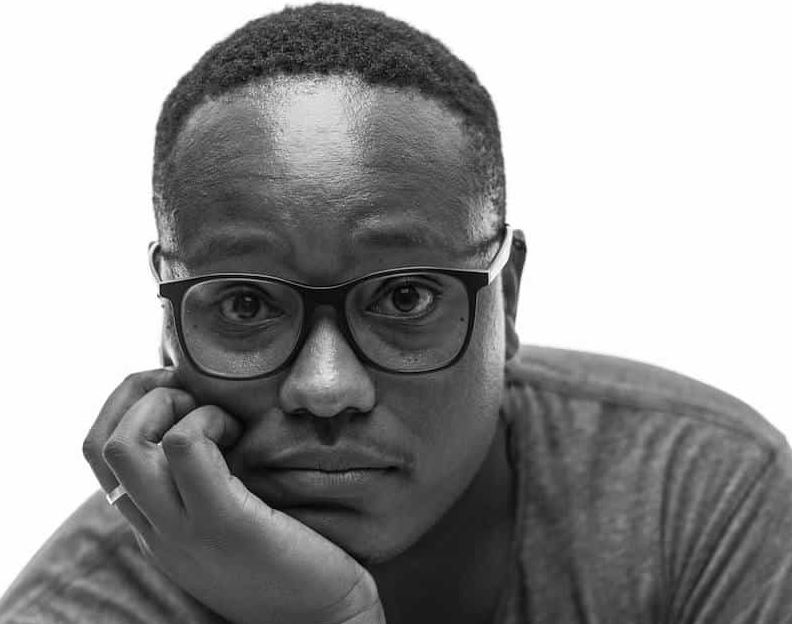
In his fourth year of university, he failed a unit and had to sit out an academic year. And it was during that time that he came across the works of international photographer Joey Lawrence. He was hooked! And 10 years later, the self-taught photographer is following in Joey’s footsteps.
Represented by international agencies, his business; the K63 Studio has undertaken projects that have put his name around the globe. He shares with Enterprise his journey to the top of his craft.
What was that transition, from a student with a camera to a big-time photographer?
In my fourth year of school, I had a lot of free time. I used that opportunity to build architectural paper models for a few architects. The first one I did during that time paid me Sh60,000. I took all that money and bought myself a cheap Canon DSLR. It served me well for a year before I upgraded to a better camera. I used my first camera to learn the basics, experiment with flash photography and shoot a few weddings here and there with my friend Joe Makani.
We were a two-man team. I started with just my assistant Victor Ndalo. He has been with me from day one and I trust him with my life. Since we were using public transport those days, we would split our gear into two. Victor would carry the lighting gear, the stands and softboxes/umbrellas in one bag, and I would carry the camera, lenses and flash strobes. It was the time Thika Road was being constructed so in order to get from Juja campus to town for a shoot at 9 am, I’d have to leave school at 5 am sharp and link up with Victor in town.
How did you net your first big clients?
Before I got my first client there was the phase of creating personal work. That phase where I was not making a cent from photography, but spending that time to shoot projects that reflected the kind of work I wanted to get hired to shoot in the future. I used that body of work to knock on the doors of local magazines at that time and it worked. I shot for two different magazines that were under the same publisher and would make Sh10,000 from each magazine at the end of the month.
The same strategy applied to advertising clients, which was my end goal. I started creating personal work that was more geared towards that market; work that was polished that you only needed to add a brand logo at the corner and it would sell as a print campaign. That landed me my first international gig for Guinness ‘Raise Your Game’, which came all the way from an agency in London. Their instructions…’Give us something similar to image Y on your website’.
You have successfully netted some very big clients…
Yes, I’ve sure been fortunate to work with clients I only imagined when I first picked up the camera. One that is still sentimental to me is getting to shoot the Key Art for the series Queen Sugar by the Oprah Winfrey Network. I was hand-picked by Ava DuVernay who saw my work on Instagram. I didn’t even know that until I got to New Orleans for the shoot. The entire experience was way beyond humbling. It was my first time shooting in the US. The level of treatment I got was something from a fairytale novel. I had never seen production done at that big scale and buttoned up to the very detail. I got to work with actors also for the very first time.
Read: Oprah Shares Kenyan Photographer Osborne Macharia’s Artwork For TV Show ‘Queen Sugar’
How different was that experience from the local one?
When I was back in Kenya, the portfolio basically spoke for itself. A lot of clients came across my work on Instagram and through my website. In North America it’s a completely different game. Competition is high and you have to be specialised in one area. You are either a lifestyle photographer or a food photographer or outdoor or fashion or sports, etc. Your ‘style’ is what sells you. You constantly have to market yourself by having new work to send out to art producers and creatives in agencies. When a brief comes in, you have to go through a bidding process, which can sometimes mean you are competing with up to six other photographers for the same job. Everything is now digital so when clients need to see my work, my website or Instagram page is more than enough.
Then there is the Stephen Curry campaign…
The Steph Curry shoot has to be one of the most challenging yet rewarding shoots I’ve done. Challenging in the sense that it happened just when shoots were starting to resume and there were so many Covid-19 protocols regarding work safety. Ideally, a shoot like that would have involved a team of about 15 to 20 people on set, but due to safety concerns, we were limited to three people. That was my producer, my assistant and myself. By the time we were done setting up, it felt like we had just run a marathon and the shoot had not even started yet. We were supposed to have finished by 3 pm but ended up finishing at 7.30 pm. At the end, we had a fun shoot. Mission was accomplished and everyone walked away happy, including the client, agency, Stephen, and his team.
Are you still based in Kenya?
No. The move to Canada was not even a business decision. My wife came here to study then later landed into her dream career. I saw how that made her happy and so we both decided to make the move. I was also at a point I needed a career challenge.
You are currently managed by an outfit that manages many international artists…how did that come about?
My representatives/agents in South Africa and Italy found me while I was still in Kenya. My North American agent is the one I had to seek out. It was a long process to get an agent here. Took me about 116 emails and 3-4 months of sending out emails daily and waiting for one to finally say yes. It’s all God’s timing and connecting me to the right people. I’m happy I waited for the right one to come along.
Agents basically represent you within a given country or geographical territory. They will speak on your behalf so that you can focus on creating the work. They have connections and contacts with the clients. They help sell you to the decision-makers behind these brands. When a brief comes in, the agent will facilitate connecting you to the right producer. The producer oversees the shoot and coordinates everyone involved in the shoot. The agent also negotiates your rates, puts together the bidding document, and follows up on payment after I’ve delivered the final images to the client. The agent then takes a percentage from my fees.
How do you keep ahead of the pack so that clients think of you when looking for someone to hire?
It’s a competitive field and you have to constantly market yourself by reaching out to creative directors and photo producers in advertising agencies/brands through email marketing. It also involves taking part in portfolio reviews where you have a few minutes to show your work to several top creatives in the field who you would not ordinarily have access to — all these is done at a fee of course. It’s important to also take part in photography competitions with respected publications like Communication Arts or Lurzer’s Archive, which end up on the desks of top creatives in the industry.
Check Out – ‘Watchmen by Night, Hip Hop Heads by Day’.. Osborne Macharia’s New Project is Just Stunning
What advice would you give to young people aspiring to use their skills to get into business?
There is so much to say here but I’ll keep it short and simple. MASTER YOUR CRAFT! Don’t be a jack of all trades but a master of none. In Kenya we have this mentality that you have to be hustling for you to be successful, owning multiple small businesses at the same time. That might work for a few but it’s not true for everyone. It’s tempting to go down that road especially when you see those around you living this way seeming to be doing well. I cannot emphasise how important it is to focus on one thing and give it 10,000 per cent of you. You won’t regret it. It will take you longer to get to the ‘top’ but your foundation will be solid, you’ll have a track record and people will see your journey – that comes with a lot of respect.
Aligning yourself with success
1. Create habits for success
The little actions you take each day determine your long-term outcomes. Creating new habits is not easy so you have to push yourself to be consistent. Studies have shown that a new habit is established in 21 days, so be patient. At first, set your goals so low that it’s impossible to fail. For instance, if you want to create a daily meditation habit, meditate for one minute daily for a week before adding another minute. Or if you want to start waking up earlier, set your alarm 30-20 minutes earlier than your usual time.
2. Stay hungry, stay foolish
Warren Buffet has been referred to as a lifelong “learning machine” by the vice-chairman of Berkshire Hathaway, Charlie Munger. “If you take Warren Buffet and watched him like a clock, I would say half of all the time he spends is sitting on his ass and reading,” Munger said in his 2007 commencement speech at the University of Southern California. “Without lifelong learning, you’re not going to do very well. You’re not going to get very far in life based on what you already know,” he added. To become a “learning machine” too, read at least one self-development book a month, play games which challenge and train your brain, and teach others what you learn. Don’t just sit with the information you learn, apply it to your life.
3. Value your time
Time is the most valuable asset one has, one which even money can’t buy. Richard Branson says “Any successful entrepreneur knows that time is more valuable than money itself.” Once you spend time, it’s gone forever. You can’t buy more of it, rent it, or borrow it. Unsuccessful people don’t understand how valuable time is and they squander it on meaningless activities. As Jim Rohn puts it, “A lot of people don’t do well simply because they major in minor things.” Give everything you’re involved in your 100 percent and achieve the desired results more effectively and efficiently. Life has a universal law of giving you what you put in, so pursue excellence in all things. To get the best results, do your most crucial work when your energy levels and brain power are at their peak – which for most people is the first three hours of their day. When you get the hang of it, you will have more time to invest in developing yourself and learning.
4. Align with your goals
As Roy Disney, co-founder of The Walt Disney Company said, “it’s not hard to make decisions when you know what your values are”. To get clarity on your goals, sit down with pen and paper and write down your lifetime goals, your yearly, monthly, weekly, and even daily goals. Write down a strategy to achieve your goals and live each day intentionally. Don’t mistake being busy with productivity – you don’t have to be involved in everything. Learn how to say no to opportunities that do not align with your values and goals.
